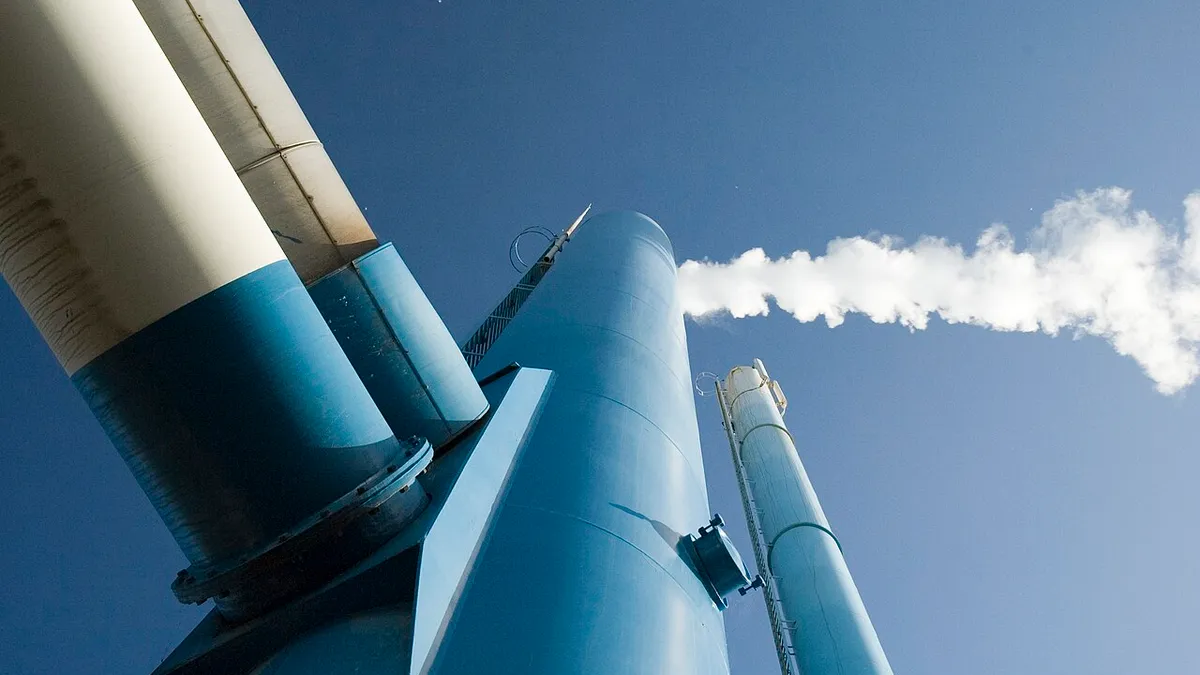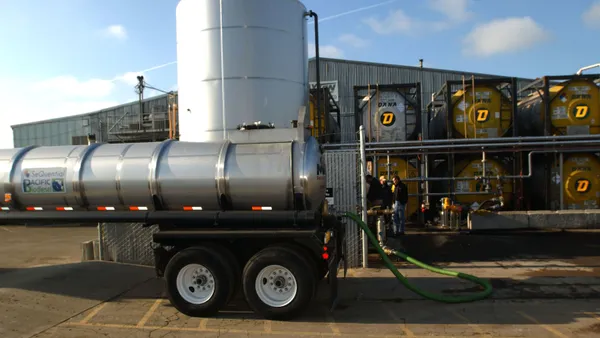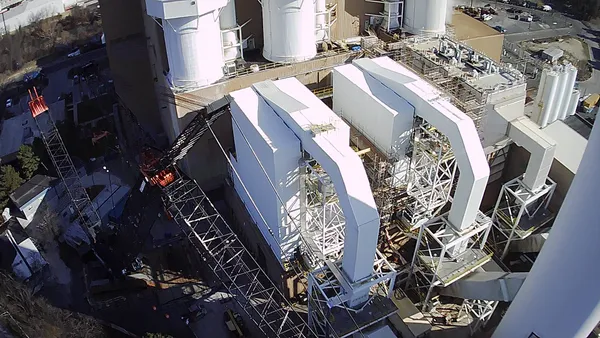The EPA will continue to regulate pyrolysis in a category of small waste combustion units and institutional waste incinerators, reversing a proposal from 2020 to drop them from the category and from applicable Clean Air Act emissions standards.
The decision keeps in place emissions limits for MSW incinerators that combust less than 35 tons per day and standalone incinerators for institutional waste, including those used at schools, correctional institutions and nursing care facilities but not those at hospitals. In the explanation of its decision, EPA notes it is continuing to develop regulations for pyrolysis, and Monday’s decision is intended to maintain the status quo while that process continues.
The decision comes as a growing chorus of waste and recycling industry members have called for the use of pyrolysis to process plastic waste. The EPA notes in its decision, published in the Federal Register Monday, that it received several inquiries about dropping pyrolysis from the category in recent years, in part because pyrolysis is not well defined in the current regulation.
The EPA first proposed to drop pyrolysis from the regulation in August 2020. Its regulations had covered facilities consisting of "two chamber incinerators with a starved air primary chamber followed by an afterburner to complete combustion;" EPA noted at the time that combustion in such incinerators was occurring with the "uncontained gases," not the waste itself.
Critics quickly decried that idea, arguing that Clean Air Act emissions limits should apply to any combustion associated with waste processing, including the various forms of pyrolysis and gasification facilities the EPA described. In a comment submitted to the agency in 2020, Earthjustice noted that "commenters cannot possibly anticipate all the different names that will be given to combustion units. Nor have commenters any obligation to undertake such an impossible task,” but the EPA nevertheless has an obligation to regulate all of them under the catch-all category at issue.
The EPA issued a follow-up notice of advance proposed rulemaking in 2021 to get additional information on pyrolysis and related technologies, which drew 170 public comments. Industry groups like the Plastics Industry Association said at the time that regulating pyrolysis and gasification under the Clean Air Act would discourage the use of the technologies, which they said are necessary to meet the country's recycling needs.
"Advanced recycling technologies, including pyrolysis and gasification, are necessary and essential complements to mechanical recycling technologies in order to improve the recycling rate, reduce plastic waste, and increase the amount of recycled plastic in commerce," the group wrote.
PLASTICS instead pushed to have the EPA regulate pyrolysis plants, and other technologies it considers to be advanced recycling, as manufacturing facilities. It’s a strategy the industry has pursued at the state level nationwide, most recently in Indiana.
The EPA's decision on Monday notes that it will continue to take a closer look at pyrolysis as it juggles rulemaking for “several different CAA regulations under court-ordered deadlines.” It further notes that the facilities at issue in the withdrawn proposal would "become unregulated emissions sources during the time required for our analysis" if it did not make Monday's decision.
"To prevent such a regulatory gap and ensure that public health protection is maintained for pyrolysis/combustion units, the EPA is withdrawing its proposal," the agency wrote.















